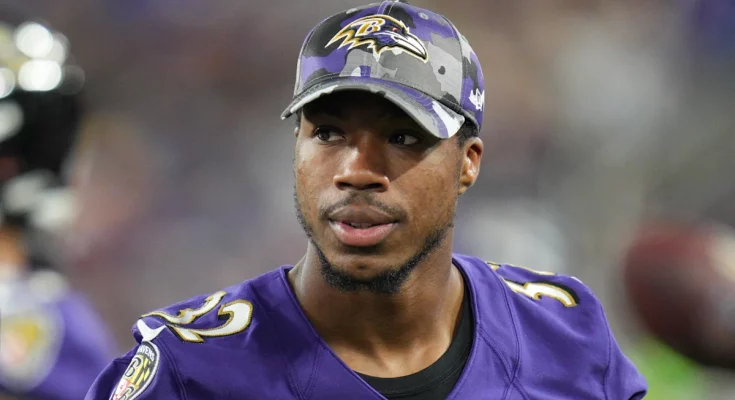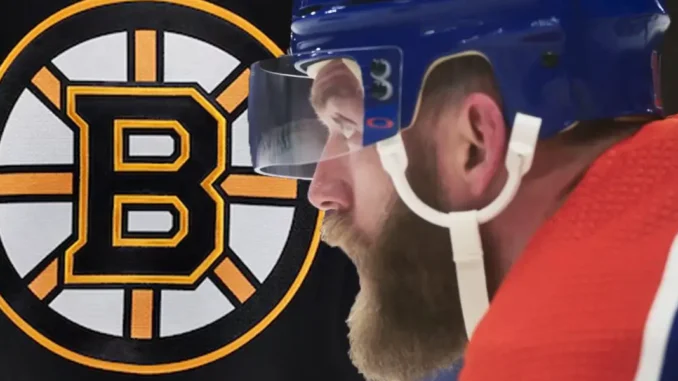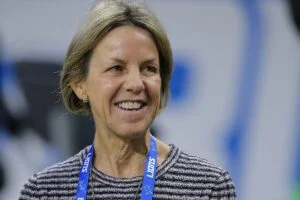The Baltimore Ravens have officially moved on from veteran safety Marcus Williams following a frustrating and ultimately underwhelming 2024 NFL season. Once considered one of the top deep safeties in the league, Williams’ time in Baltimore ended not with a bang, but with a quiet release that spoke volumes about unmet expectations and the team’s evolving defensive direction. While the move didn’t come as a complete shock to those following the team closely, it still marked a significant moment in the Ravens’ offseason as they recalibrate their roster with a renewed focus on youth, durability, and versatility.
Williams joined the Ravens in 2022 as a prized free-agent signing, agreeing to a five-year, $70 million deal after a strong start to his career with the New Orleans Saints. At the time, the move was hailed as a masterstroke by general manager Eric DeCosta. Williams brought proven range, ball-hawking instincts, and playoff experience to a Baltimore secondary that needed a true centerfield presence. In his first year with the Ravens, he showed flashes of brilliance, including a series of interceptions and game-changing plays that appeared to validate the investment.
But those highs became harder to find in 2023, and by 2024, Williams’ production and impact had regressed sharply. Injuries were a constant issue—he missed time with pectoral, hamstring, and shoulder injuries across multiple seasons—and even when on the field, he struggled with consistency. Missed tackles, blown coverages, and a noticeable drop in confidence plagued his game. The 2024 season proved to be the tipping point.
Through the first half of the season, Williams appeared out of sync in Mike Macdonald’s evolving defensive scheme. While his athleticism remained above average, his reaction time and decision-making seemed a step behind. He was often late getting to the ball, frequently took poor angles in run support, and at times looked hesitant when engaging at the line of scrimmage. The Ravens, known for their no-nonsense approach to accountability, were clearly concerned.
Baltimore’s secondary was already adapting to the rapid emergence of Kyle Hamilton, the do-it-all safety who became the defense’s centerpiece by midseason. Hamilton’s versatility allowed him to play deep, in the box, and in the slot, creating a fluid system that demanded high IQ and adaptability from everyone around him. Unfortunately, Williams failed to find a consistent fit within that structure.
By December, Marcus Williams was no longer playing full-time snaps and had become a rotational piece in certain packages. His snap count dropped noticeably, and in key matchups against playoff-caliber opponents, he was often replaced by younger, more dynamic players. The writing was on the wall.
After the season ended with an AFC Championship loss to the Kansas City Chiefs, internal reviews led to a sobering assessment: the team could no longer rely on Marcus Williams to be a foundational piece moving forward. His declining performance, coupled with a hefty contract, made him a prime candidate for a post-June 1st release. The move saved Baltimore a substantial amount in cap space and cleared the way for younger players to step up in 2025.
Head coach John Harbaugh and general manager Eric DeCosta addressed the decision during their offseason press conference. While they expressed appreciation for Williams’ professionalism and leadership during his time in Baltimore, they also acknowledged the need to get younger and more durable on the back end of the defense.
“We appreciate everything Marcus brought to this team,” Harbaugh said. “He’s a great teammate and worked through a lot of tough situations with grit. But we have to make decisions that keep us competitive. We’re excited about the young guys stepping into bigger roles.”
Among those young players is seventh-round pick Sanoussi Kane, a hard-hitting safety out of Purdue who turned heads during rookie minicamp and OTAs. While Kane is far from a lock to start in 2025, his emergence provides the Ravens with a fresh developmental option, particularly on special teams and in sub-packages.
The bigger expectation, however, falls on Kyle Hamilton. Now entering his third season, Hamilton is expected to take full command of the secondary. His unique blend of size, range, football IQ, and positional flexibility has made him a rising star in the league. With Williams no longer in the mix, Hamilton will likely take on even more deep coverage responsibilities while continuing to serve as a chess piece all over the field.
The Ravens may also explore external options to replace Williams’ vacated snaps. Free-agent veterans like Justin Simmons or Quandre Diggs could be on the radar if Baltimore wants to add an experienced presence to complement Hamilton and Brandon Stephens. Alternatively, the team could rely more on Ar’Darius Washington or an expanded role for Daryl Worley, depending on how training camp competitions unfold.
Marcus Williams, meanwhile, finds himself at a crossroads. At just 28 years old, he still has time to revive his career, but questions about his health and mental sharpness will likely limit his market in free agency. Teams seeking veteran leadership may kick the tires, but Williams will have to prove he’s not a declining asset. A one-year “prove-it” deal may be his best chance to re-establish value and show that his best football isn’t behind him.
In retrospect, Williams’ tenure in Baltimore will be seen as a case of unfulfilled potential. He had all the tools to be a long-term anchor in the secondary, and for a brief time, he looked the part. But whether due to injury, scheme fit, or confidence erosion, he never consistently lived up to the expectations of his massive contract.
For the Ravens, the decision to move on underscores a broader philosophy: performance and availability matter more than name recognition or past accomplishments. The franchise has always prioritized adaptability and accountability, and in a league where the margins between winning and losing are razor-thin, roster decisions like this become necessary.
The departure of Marcus Williams also opens up valuable cap flexibility. With looming contract decisions involving players like Kyle Hamilton, Justin Madubuike (already extended), and eventually Zay Flowers and Roquan Smith’s supporting cast, every dollar counts. Baltimore now has the ability to address other pressing needs, whether through mid-camp signings, trades, or in-season flexibility.
For the fans, Williams’ exit may bring mixed emotions. He was never a vocal leader or media darling, but he handled himself professionally and made memorable plays during his early tenure. His pick-six against the Patriots and his sideline interception versus Joe Burrow are still fresh in the minds of many. But in the NFL, memories only go so far. Production is the currency that matters.
Now, as the Ravens begin training camp and shift their focus fully toward the 2025 season, the secondary enters a new era—one defined by speed, versatility, and youth. Kyle Hamilton is the clear centerpiece. Players like Jalyn Armour-Davis, Brandon Stephens, and possibly Sanoussi Kane will all vie for supporting roles. And the Ravens, as always, will trust their developmental system to bring the best out of whoever rises.
As for Marcus Williams, a once-bright star in a loaded Baltimore defense, the road forward is uncertain. Whether he catches on with another team or takes time to heal and reset, his chapter in Baltimore is now closed. It ended quietly—not with anger or controversy, but with a realization that it was simply time to move on.
And in Baltimore, where the standard is always high and the expectations are constant, that realization is what keeps the franchise pushing toward greatness—even when it means saying goodbye to talented players who just didn’t work out.



